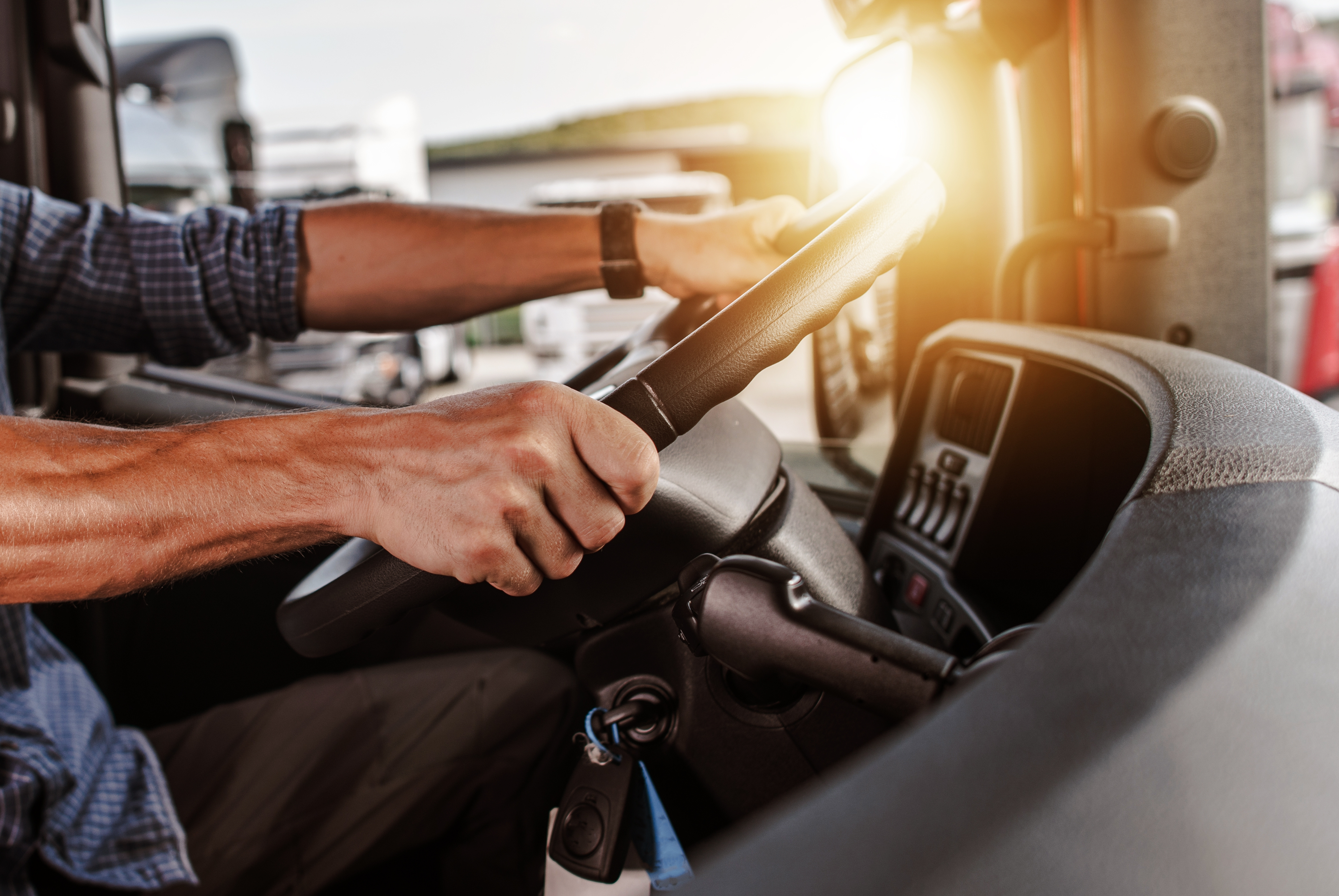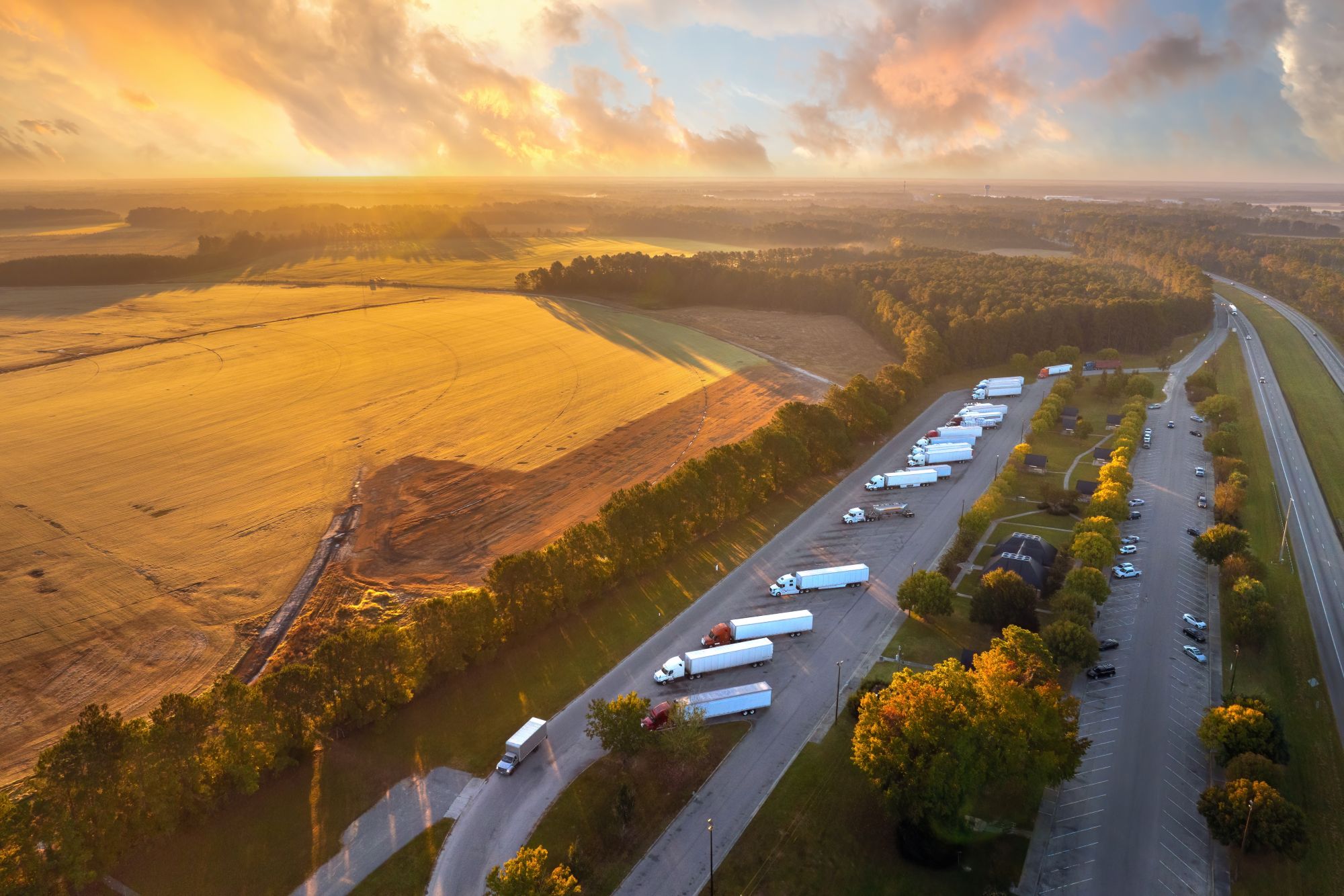
Miranda Blake
Dart Charge Konto - vereinfachen Sie Ihre Zahlungen
Erstellt: 08.11.2024
•
Aktualisiert: 16.09.2025
Das Verständnis der Feinheiten des Dart Charge Systems ist für eine reibungslose und kostengünstige Nutzung der Dartford Crossing unerlässlich. Wenn Sie sich mit den Zahlungsoptionen, der Kontoverwaltung und möglichen Fallstricken vertraut machen, können Sie sich vor unnötigen Bußgeldern und Kopfschmerzen schützen.
Das Dart-Ladesystem verstehen
Die Dartford-Kreuzung, die für den gewerblichen Verkehr von entscheidender Bedeutung ist, wird durch ein hochentwickeltes elektronisches Zahlungssystem, die so genannte Dart Charge, verwaltet. Dieses innovative System wurde eingeführt, um die Mauterhebung effizienter zu gestalten. Es macht herkömmliche Mautstellen überflüssig und ermöglicht es den Fahrern, im Voraus zu zahlen oder am Ende des Tages online zu bezahlen.
Dart Charge erklärt
Sie fragen sich, was genau die Dart Charge ist? Es handelt sich dabei um die Zahlungsmethode für die Dartford Crossing. Das System wurde eingeführt, um den Verkehrsfluss zu verbessern und den Nutzern ein bequemeres Zahlungserlebnis zu bieten.
Überquerung der Dartford Crossing: Zahlungsmöglichkeiten
Autofahrer haben drei Möglichkeiten, die Dart-Gebühr zu bezahlen:
- Vorauszahlungskonto: Kunden können ein Vorauszahlungskonto einrichten, das eine automatische Abrechnung und einen ermäßigten Überfahrtstarif bietet. Auf diese Weise wird ein reibungsloser Ablauf der Zahlungen gewährleistet, da das Konto bei jeder Überfahrt automatisch belastet wird.
- Einmalige Zahlungen: Für diejenigen, die kein Pre-Pay-Konto haben, gibt es die Möglichkeit, online, per Telefon oder in den Payzone-Verkaufsstellen zu bezahlen. Die Zahlungen können im Voraus oder bis Mitternacht des folgenden Tages erfolgen.
- Kostenlose Überfahrten: Die Dartford Crossing ist zwischen 22:00 und 6:00 Uhr kostenlos und bietet eine kostengünstige Option für Fahrten in der Nacht.
Dart Charge Tarife: die Kosten verstehen
Möchten Sie wissen, wie hoch die Dart Charge-Tarife sind? Diese variieren je nach Fahrzeugklasse und je nachdem, ob der Kunde ein Pre-Pay-Konto hat oder eine einmalige Zahlung leistet. Hier ist eine Aufschlüsselung der aktuellen Gebühren:

Sie können auch hier weitere Tipps zur Bezahlung und anderen Aspekten für Fahranfänger lesen.
Verwaltung Ihres Dart Charge-Kontos
Die Pflege Ihres Dart Charge Kontos ist entscheidend für die Vermeidung von Geldbußen und die Rationalisierung Ihrer Überfahrten. Lassen Sie uns die wichtigsten Aspekte der Kontoverwaltung untersuchen.
Einrichten eines Dart Charge-Kontos
Die Einrichtung eines Dart Charge Kontos ist ein unkomplizierter Prozess. Die Kunden können die [offizielle Dart Charge Website] (https://www.gov.uk/pay-dartford-crossing-charge) besuchen, auf "Jetzt starten" klicken und die Option "Anmelden oder ein Dart Charge Konto einrichten" wählen. Alternativ können sie auch ein Pre-Pay-Konto eröffnen, indem sie ein Antragsformular herunterladen und abschicken.
Einloggen und Kennwörter zurücksetzen
Für den Zugriff auf Ihr Dart Charge-Konto benötigen Sie die im Konto registrierte E-Mail-Adresse. Wenn Sie Ihr Passwort vergessen haben, führt Sie der Link auf der Anmeldeseite durch den Prozess der Erstellung eines neuen Passworts.
Aktualisierung der persönlichen Daten und Fahrzeuginformationen
Sie können Ihren Namen, Ihre Adresse oder die Ihrem Konto zugeordneten Fahrzeugkennzeichen ändern, indem Sie sich bei Ihrem Dart Charge-Konto anmelden, zu den Abschnitten "Kontoverwaltung" und "Profil" oder "Fahrzeugverwaltung" navigieren und die erforderlichen Änderungen vornehmen.
Einsicht in den Verlauf der Überfahrt und in die Kontoauszüge
Kunden können ihre Überweisungshistorie und Kontoauszüge einsehen, indem sie sich in ihr Dart Charge-Konto einloggen. Diese Funktion ermöglicht es Ihnen, Ihre Nutzung zu verfolgen und sicherzustellen, dass alle Zahlungen ordnungsgemäß verbucht wurden.
Ruhende und suspendierte Konten
Wenn Ihr Dart Charge-Konto wegen fehlender Fahrzeugregistrierung, ungültiger Zahlungsmethode oder kürzlich erfolgter Überfahrten inaktiv wird, können Sie es reaktivieren, indem Sie das zugrunde liegende Problem beheben. Ebenso kann ein ausgesetztes Konto wieder aktiviert werden, indem Sie das Guthaben aufstocken oder Zahlungen für ausstehende Überfahrten leisten.
Schließen Sie Ihr Dart Charge Konto
Wenn es an der Zeit ist, Ihr Dart Charge-Konto zu schließen, können Sie dies tun, indem Sie sich anmelden, zum Abschnitt "Kontoverwaltung" navigieren und die Option "Konto schließen" auswählen. Das verbleibende Guthaben wird Ihnen mit der gleichen Zahlungsmethode zurückerstattet.

Dartford Crossing Zahlungen mit SNAP
SNAP Account bietet eine bequeme Lösung, die Fahrern und [Flottenbetreibern] mehrere Vorteile bietet (https://snapacc.com/fleet-operators/).
Nahtloser Zahlungsprozess
Das System wickelt die Zahlung für jede Überfahrt automatisch ab, so dass Sie nicht mehr daran denken müssen, zu zahlen oder sich direkt an Dart Charge zu wenden.
Garantierte pünktliche Zahlung
Für verspätete Zahlungen werden Ihnen keine Gebühren in Rechnung gestellt. So vermeiden Sie mögliche Bußgelder oder Strafen, die mit verpassten oder verspäteten Zahlungen verbunden sind, und können beruhigt sein.
Konsolidierte Abrechnung
Wir vereinfachen Ihre Finanzverwaltung, indem wir die Dartford Crossing-Transaktionen auf derselben Rechnung ausweisen wie Ihre anderen SNAP-Kontoaktivitäten. Diese Konsolidierung macht es einfacher, Ihre Ausgaben zu verfolgen und zu verwalten.
Zeitsparend
Durch die Automatisierung des Zahlungsvorgangs sparen wir den Fahrern wertvolle Zeit. Sie müssen nicht mehr anhalten und einzelne Zahlungen vornehmen oder daran denken, bis Mitternacht des nächsten Tages zu zahlen, wie es bei der direkten Zahlung über das Dart Charge-System der Regierung erforderlich ist.
Integration mit anderen Diensten
Unser Dartford Crossing Service ist Teil eines umfassenderen Ökosystems von Straßenverkehrsdiensten. Diese Integration ermöglicht es den Nutzern, mehrere Aspekte ihrer Reise, einschließlich Parken, Waschen und Tanken, über eine einzige Plattform zu verwalten.
Kostenkontrolle für Flottenbetreiber
Für Unternehmen, die mehrere Fahrzeuge verwalten, bieten wir eine effiziente Möglichkeit zur Kontrolle und Überwachung der Ausgaben für Dartford Crossing. Das konsolidierte Abrechnungs- und automatisierte Zahlungssystem trägt dazu bei, die Buchhaltungsprozesse zu rationalisieren und den mit der Verwaltung der einzelnen Überfahrten verbundenen Verwaltungsaufwand zu verringern. Durch die Nutzung von SNAP Account für die Zahlungen an der Dartford Crossing können Fahrer und Flottenbetreiber die Nutzung dieser wichtigen Verkehrsverbindung effizienter, zuverlässiger und stressfreier gestalten.
Möchten Sie mehr darüber erfahren, wie Sie im Straßenverkehr Geld sparen können? Lesen Sie unseren Artikel über [Tipps zum Kraftstoffsparen] (https://snapacc.com/newsroom/fuel-saving-tips-for-truck-drivers/) und unseren [Leitfaden für Lkw-Fahrer zur Budgetierung] (https://snapacc.com/newsroom/a-truck-drivers-guide-to-budgeting/).



